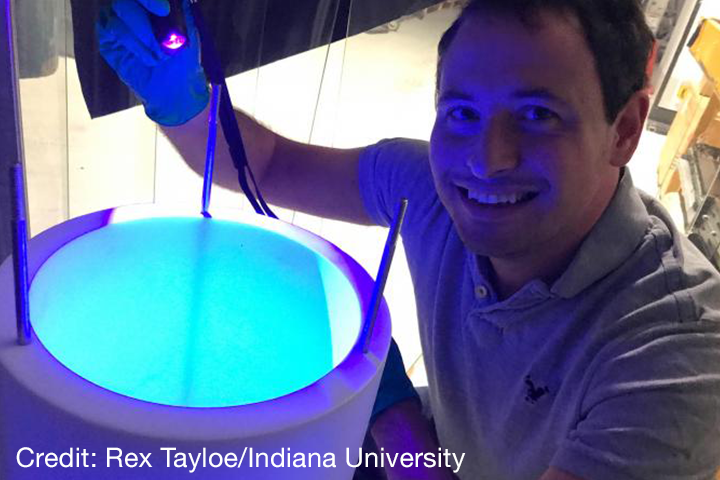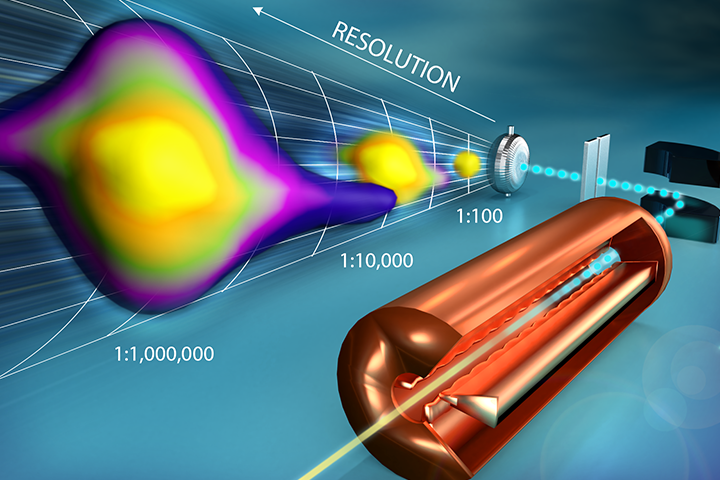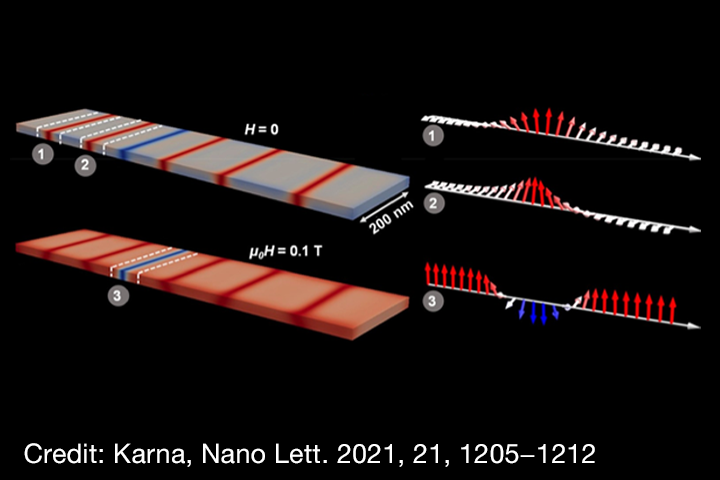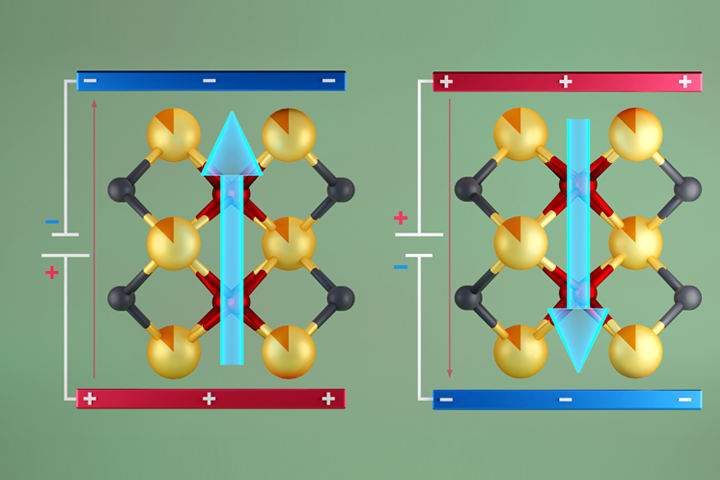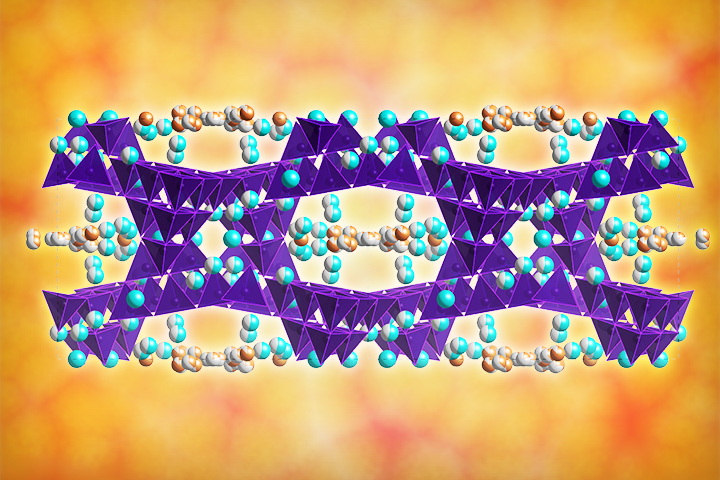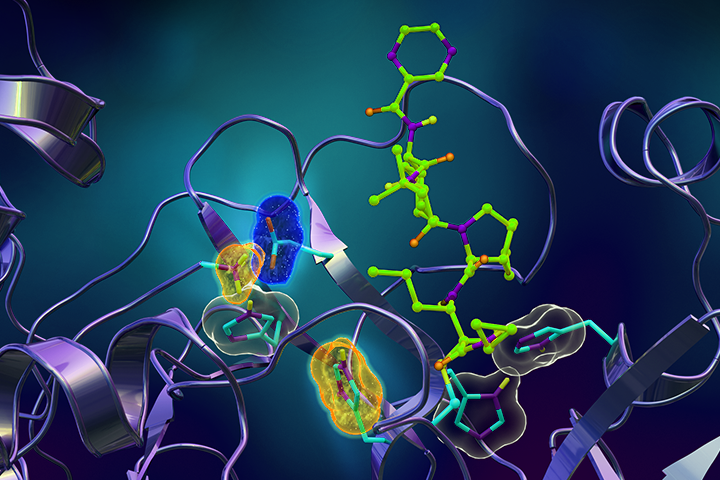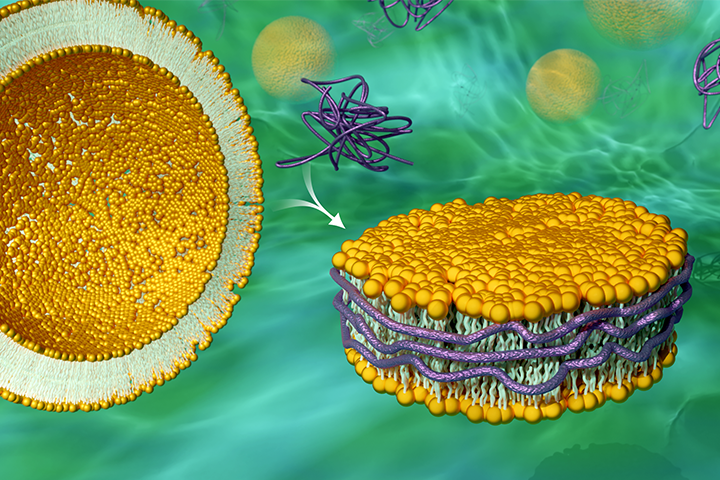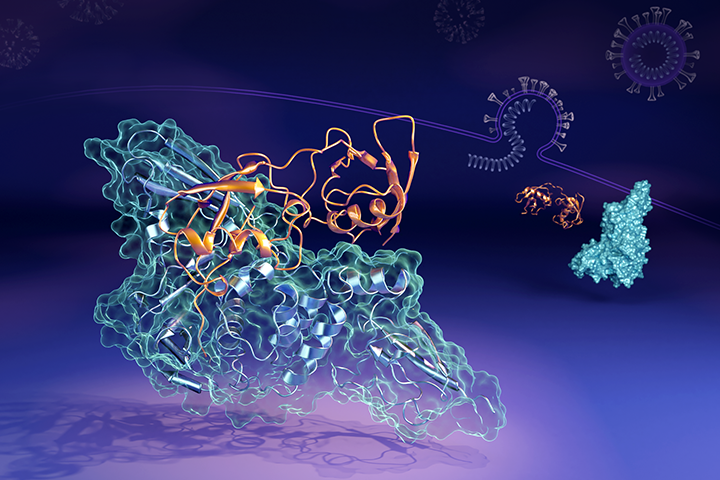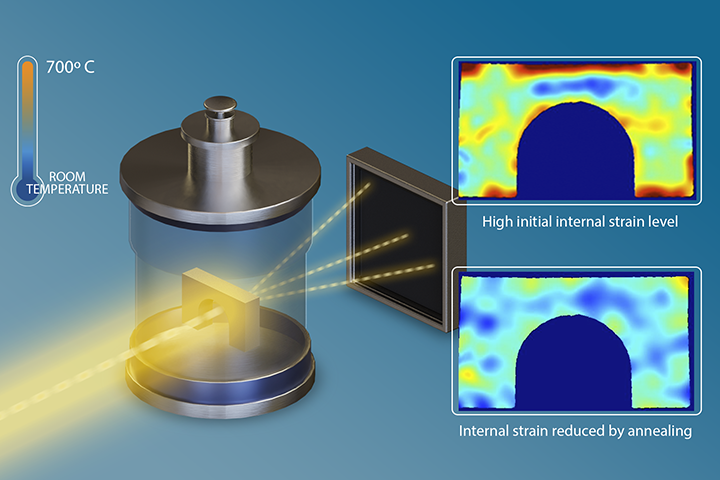ORNL’s Top 10 Science Achievements at SNS and HFIR of 2021
The Department of Energy’s (DOE’s) Oak Ridge National Laboratory (ORNL) operates two of the world’s most powerful sources of neutrons for research – the Spallation Neutron Source (SNS) and the High Flux Isotope Reactor (HFIR).
While the Neutron Sciences Directorate (NScD) and its users have continued to face challenges due to the COVID-19 pandemic, 2021 was nonetheless a productive year for science and technology at SNS and HFIR. As an expansion to NScD’s Remote Access Experiment platform, the directorate established a fully remote experiment program that allows researchers from around the world to use neutron instruments by remote control. This program provides an entirely new way for users to collaborate with ORNL staff and conduct meaningful research.
The 2021 Top 10 list of scientific achievements includes impactful publications in scientific journals and covers a diverse range of topics, from COVID-19 treatments and therapeutics to lithium-ion batteries, magnetic technologies, and accelerator advancements.
Compelling evidence of neutrino process opens physics possibilities
Physical Review Letters — The COHERENT particle physics experiment at ORNL’s SNS has firmly established the existence of a new kind of neutrino interaction in which low-energy neutrinos interact with an argon nucleus through the weak nuclear force in a process called coherent elastic neutrino-nucleus scattering. The quest to observe this interaction drove advances in detector technology and added new information to theories aiming to explain mysteries of the cosmos. +Read more
Work was performed at Neutrino Alley, a dedicated neutrino laboratory at SNS
Keeping track of lost accelerator particles
Nuclear Instruments & Methods in Physics Research — ORNL physicists developed a measurement technique to better understand beam loss, stray particles that travel outside the confinement fields of a particle accelerator. Mitigating beam loss is paramount to realizing more powerful accelerators at smaller scales and lower costs. +Read more
Work was performed using a replica of the SNS linac at ORNL’s Beam Test Facility
Probing domain wall behavior to advance magnetic technologies
Nano Letters — Scientists performed neutron experiments at ORNL to analyze the nanostructure of a chiral magnet material. Their research revealed that the thickness of the magnetic slab can determine the rotational direction and occurrence of domain walls, the boundaries separating magnetic domains in a material. The discovery could inform future research on controlling magnetic properties for technological applications.
+Read more
Work was performed using GP-SANS, HFIR CG-2
Innovative ferroelectric material could enable even smaller memory chips
Nature Materials — Researchers at ORNL used neutrons to study an innovative ferroelectric material, a modified bulk hafnia, which could enable even smaller memory chips and lead to insights that might extend Moore’s Law for data storage. The innovative bulk hafnia-based ferroelectric removes the upper size limit when creating samples to facilitate more detailed studies and an increased understanding of its physical properties.
+Read more
Work was performed using POWGEN, SNS BL-11A
Proving theoretical predictions in quantum material’s subtle spin behavior
Nature Physics — Using complementary computing calculations and neutron scattering techniques, researchers from ORNL and Lawrence Berkeley national laboratories, as well as the University of California, Berkeley, discovered the existence of an elusive type of spin dynamics in a quantum mechanical system. The studies showed how magnetic particles called spins can exhibit a type of motion known as Kardar-Parisi-Zhang, or KPZ, in solid materials at various temperatures. The fundamental discovery could lead to developing quantum materials for heat transport or novel spintronic devices. +Read more
Work was performed using SEQUOIA, SNS BL-17
Fast lithium‐ion conductivity in new thioborate halides
Angewandte Chemie International Edition — Lithium thioborates are promising, fast lithium-ion conducting materials with properties similar to the lithium thiophosphates that enabled developing solid-state lithium-ion batteries. Researchers using neutrons at ORNL have identified a new class of lithium thioborate halides that house mobile lithium ions within interconnected 3-D structural channels. The materials exhibit high ionic conductivities, which can be effectively tuned by polarizing the halide anion within the channels. +Read more
Work was performed using POWGEN, SNS BL-11A, and NOMAD, SNS BL-1B
Revealed unpredicted binding between SARS-CoV-2, hepatitis C antiviral drug
Journal of Medicinal Chemistry — Neutrons were used to investigate the interactions between telaprevir, a drug used to treat hepatitis C viral infection, and the SARS-CoV-2 main protease, the enzyme responsible for enabling the virus to reproduce. Unforeseen changes in the electric charges were discovered in the drug binding site of the protease enzyme that were not predicted by prevailing computer simulations. The research provides key insights for advancing drug design and drug repurposing efforts to treat COVID-19. +Read more
Work was performed using MaNDi, SNS BL-11B, and IMAGINE, HFIR CG-4D, with support from ORNL’s Center for Structural Molecular Biology
Polymer shows promise as a cell membrane mimic
ACS Applied Bio Materials — Many proteins involved in important cellular activities are embedded within the cell membrane, the wall-like boundary separating the cell interior and its outside environment. Studying membrane proteins in natural conditions has remained a challenge, but synthetically-made polymer membrane particles are a promising tool for conducting such research. Neutrons were used to gain structural insights into a copolymer that assembles around natural lipid molecules to form a nanodisc particle. The research revealed that the nanodisc has ideal features for analyzing protein behavior in a membrane environment, opening new possibilities for studying their connection to human health. +Read more
Work was performed using Bio-SANS, HFIR CG-3
Neutrons catch shape-shifting coronavirus protein complex in the act
Journal of Physical Chemistry Letters — Scientists working at ORNL have revealed the molecular details of how a key protein (the papain-like protease, or “PLpro”) from the SARS-CoV-2 virus links up with a human protein (interferon-stimulated gene 15) to evade the body’s immune response. Understanding how the two proteins interact could aid in developing therapeutic drug treatments that prevent the linkage and allow a person’s immune system to better fight the invading virus. +Read more
Work was performed using Bio-SANS, HFIR CG-3
Real-time evaluation of residual strain reduction to improve 3-D printed parts
Additive Manufacturing — GE and University of California at Berkeley researchers used neutrons at ORNL’s Spallation Neutron Source to peer inside laser-based additive manufactured (AM) metal components in real time during post-production heat treatment to validate their production models. The researchers are now using the data to better understand how to design heat treatment cycles for AM parts to anneal them faster without reducing their structural integrity. +Read more
Work was performed using SNAP, SNS BL-3, and VULCAN, SNS BL-7, with preliminary work at Japan’s NORBORU at J-PARC
HFIR and SNS are DOE Office of Science User Facilities. UT-Battelle LLC manages ORNL for the DOE Office of Science. The Office of Science is the single largest supporter of basic research in the physical sciences in the United States and is working to address some of the most pressing challenges of our time. For more information, please visit http://science.energy.gov/.



